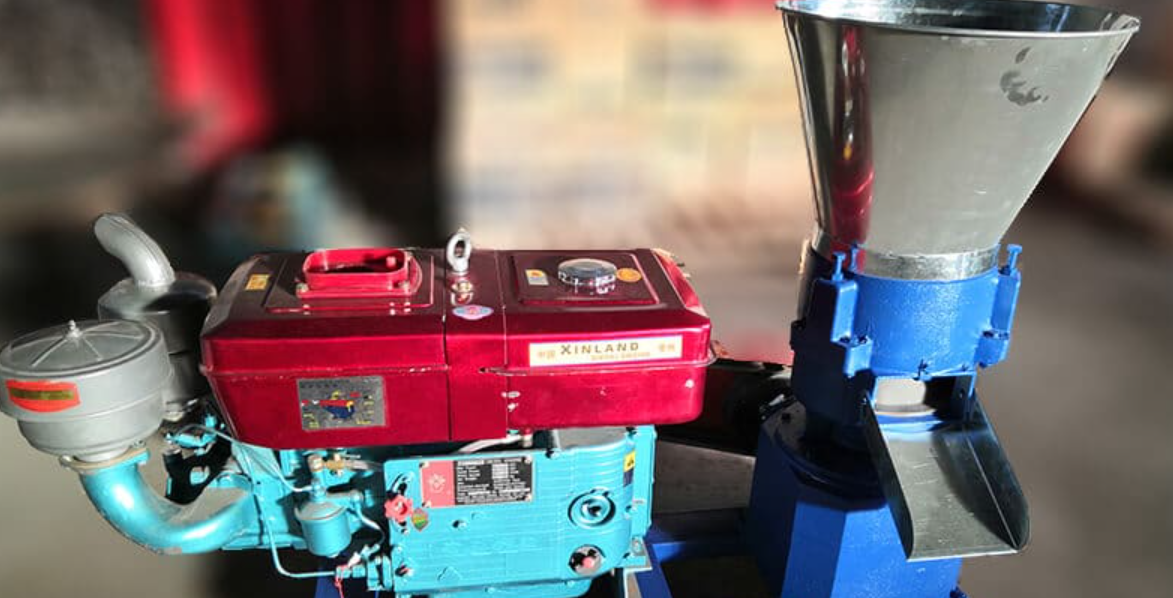Pellet milling machines are used to make pellets from various feedstock. The size of the pellets can be very small, usually less than 1/4 inch. They are used in many industries such as the poultry industry, pet food industry and many more.
The correct usage of pellets mill is important because it ensures that they last longer and work better.
Here are some tips on how to use your pellet milling machine correctly:
- Make sure that the hopper is always full when milling. If there is an empty space in the hopper, then there will be no material for the knife or roller to cut or grind into smaller pieces. This will not only slow down your process but also wear out your equipment faster than normal.
- Make sure that you do not overload your equipment with too much material at once. This can cause jams or other problems within your system which could lead to downtime and loss of production time
- If possible, try to keep your feedstock at room temperature so that it flows easily through your system without clogging up any parts of it at all.
How Does a Pellet Mill Machine Work?
Pellet mills work by grinding the raw material with high pressure, and then compressing it into a block shape. The block can be further processed into different products such as wood chips or wood flour.
The main parts of the pellet mill include feeders, grinders and pressurizers. The feeder is where you put in your raw material through a hopper at one end of the machine and out comes your finished product at another end of the machine.
After the raw material is fed into the mill where it is ground up into very small pieces (less than 1cm). These pieces are then dried in an oven until they reach their desired moisture level. Once dried, they are fed back into the grinder where they are further grinded down into small pellets (about 3mm). These pellets are then sealed in bags for sale or used immediately on site for heating purposes.
The benefits of pellet mills include:
- They can produce large quantities of pellets at a time. This helps in reducing the production cost per unit.
- They are very easy to operate and maintain which makes them suitable for continuous operation.
- They can be easily integrated with existing plants or machinery with minimal changes required in their design or layout.
Conclusion
Pellet mills can be used in both commercial and industrial operations to make pellets out of any type of wood. The process of making pellets out of wood is referred to as wood pellet milling. The wood pellet mills are very durable and they are designed to last long, especially if they are in an industrial setting where they will be constantly in use. These machines are also very effective because they can operate at high speeds and produce up to ten tons per hour. These machines come with their own conveyor systems so that the pellets can be moved easily from one place to another after they have been made, so the processes does not get interrupted during any time when there may be a need to move the finished product from one place to another. In addition, the pellets produced by these machines will be able to withstand a great deal of wear and tear as well as high temperatures before they turn into ash and dust, which is an added bonus for those who are using them for industrial purposes.


